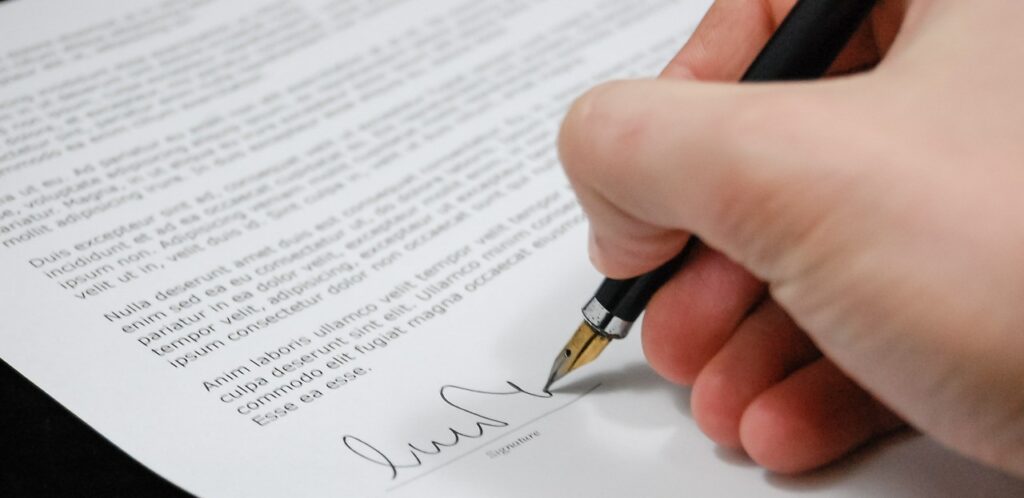When starting a blog, it is quite important for you to provide a kind of introduction. Over time, your blog will be visited by hundreds, thousands, or even millions of viewers who will like to know, not only the “architect behind the scene”, but also what he/she has to offer.
There are a number of reasons why people visit the “About” page of a blog, but whatever the reason may be, that page provides a kind of “justification” for your blogging activity and serves as a prelude to your blog posts. It is to your readers as a curriculum vitae is to an employer. And as such, you should take much care when developing it.
Below are four things you must consider when creating the “About Me” page for your blog.
1. Properly identify yourself
 One important reason why people tend to look for an “About” page is for the purpose of relationship. Regular publication of blog posts/articles creates a kind of relationship between the author and his/her readers. You become a part of other people’s lives, and as such, they want to get to know you better.
One important reason why people tend to look for an “About” page is for the purpose of relationship. Regular publication of blog posts/articles creates a kind of relationship between the author and his/her readers. You become a part of other people’s lives, and as such, they want to get to know you better.
So tell them who you are. Include a name – as you would like to be known (although your full name could be a better option) – as well as other pieces of personal information like your background, education, age range, etc. Adding a photo of yourself is equally important as people tend to trust what the see more than what they read/hear. As the saying goes, a picture is worth a thousand words.
Another reason why a good introduction of yourself is important is because of fear of scams. The internet has a lot of falsehood and scams, so people want to better know the person they are dealing with. The more information they have about you, the more comfortable they tend to get when relating to you. Hence, a proper identification of yourself serves to demonstrate your authenticity and trustworthiness.
By doing the above, your audience will not only identify with you, but also increasingly trust you, which could be the start of a valuable long term relationship.
2. State what your blog is about and who it is intended for
 Some visitors, on the other hand come to your “About Me” page to get to know what your blog is about, and whether it fits their specific need. They want to know if they are a part of your targeted audience, and if yes, what in the world you have to offer them.
Some visitors, on the other hand come to your “About Me” page to get to know what your blog is about, and whether it fits their specific need. They want to know if they are a part of your targeted audience, and if yes, what in the world you have to offer them.
So, tell them just that: what they can expect to see and get by “cleaving” to your blog.
This point is especially meant for visitors who don’t have much time and patience to explore your blog or read entirely through your about page. So go ahead and succinctly present your blog and be sure to use appealing wording that would instantly grab their attention, instead of beating about the bush.
Note: On some “About” pages, this second point comes at the very beginning. See explanation below.
3. Show that you know what you’re talking about

Still others see an “About” page as a kind of credential that qualifies you to discuss the issue(s) you are blogging about. They want some sort of “justification” for your publications. They’re like, “Who is he/she by the way to say X Y Z?” Your “About” page tends to resolve that issue.
As part of your approach, it is important to:
– State your background as it relates to your subject
Did you encounter some problem and later overcame, and was inspired by that to start your blog?
Tell your story. Say how you came to get involved with your subject matter or niche.
– Mention your current involvement with the subject
Tell how you’re currently involved with in your niche.
– State your achievements, as well as what you’re capable of
As part of your story, don’t forget to mention what you’ve achieved / are achieving, and the problems you’ve solved / are solving for others, either in real life or by way of your blog.
Here, you will have to do a lil’ bragging even if it’s not your nature to do so.
Doing this equates to demonstrating the value that you/your blog can provide to your audience, and are giving tangible reasons why you should be listened to and possibly followed.
4. Be inviting and engaging
 Construct your “About Me” page with a welcoming attitude. This point usually comes at the end of the “About” page, although it is not a must.
Construct your “About Me” page with a welcoming attitude. This point usually comes at the end of the “About” page, although it is not a must.
Thank your readers for taking up the time to visit your blog, and invite them to contact you whenever necessary, or follow you: on your blog (you may include your publication schedule / frequency here or in Point # 2 above), by email, on social media or by other means.
Arranging your points
There’s no established order for the contents of an “About” page. It is common to find Point # 1 or 2 at the very beginning, depending on the kind of blog, and the motive behind it.
For example, it is best to have Point # 2 (what your blog is about/ who it’s intended for) as your first point if yours is a blog meant to get subscribers, customers, followers, or make money.
People visiting this kind of blog may not read through your entire “About” page. They may want to know instantly if it’s meant for them or not. Placing Point # 2 in first position addresses this need of theirs in the first few seconds.
If, on the other hand, your blog’s objective is more of a relational one (coaching, counseling, consultation, news, and the like) for example, then beginning with your personal details would be a better option.
It’s all up to you to arrange these points in a manner that seems logical, considering the specific needs of your potential visitors and the objective of your blog.
Finally . . .
When doing that, make sure your presentation is coherent and ultimately appealing. And make use of proper formating (highlighting, numbering, and the like) to enable visitors who decide to skim through the page to easily identify the points that matter most to them.
And finally, take on the good habit of regularly reviewing your published “About” page. The objectives of the “About” page is to appeal and connect. Regularly revising it would ensure that it lives up to those objectives, and possibly bring to your attention parts of it that need to be rectified as appropriate.
